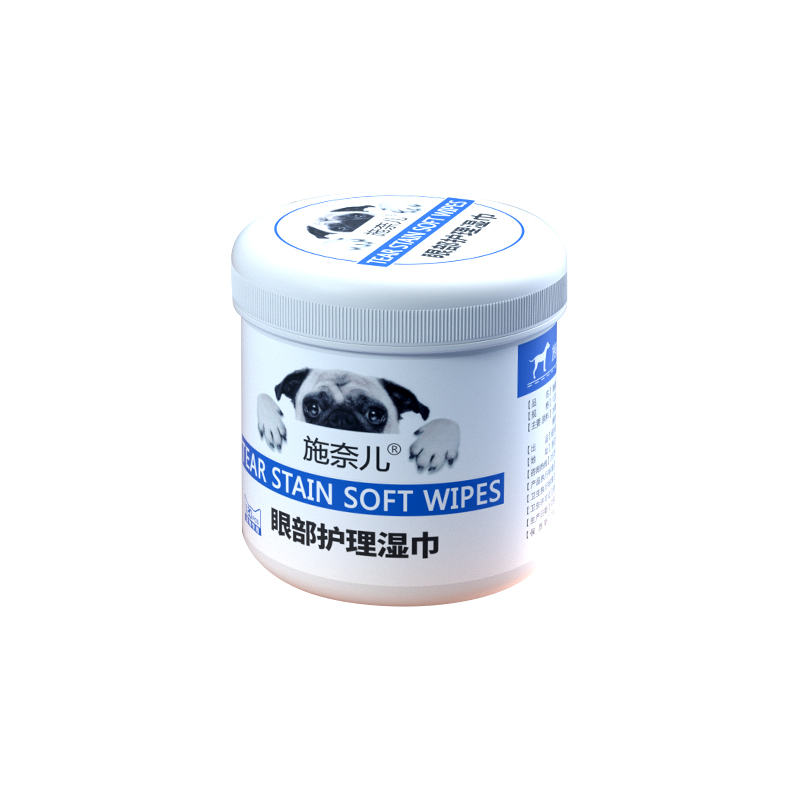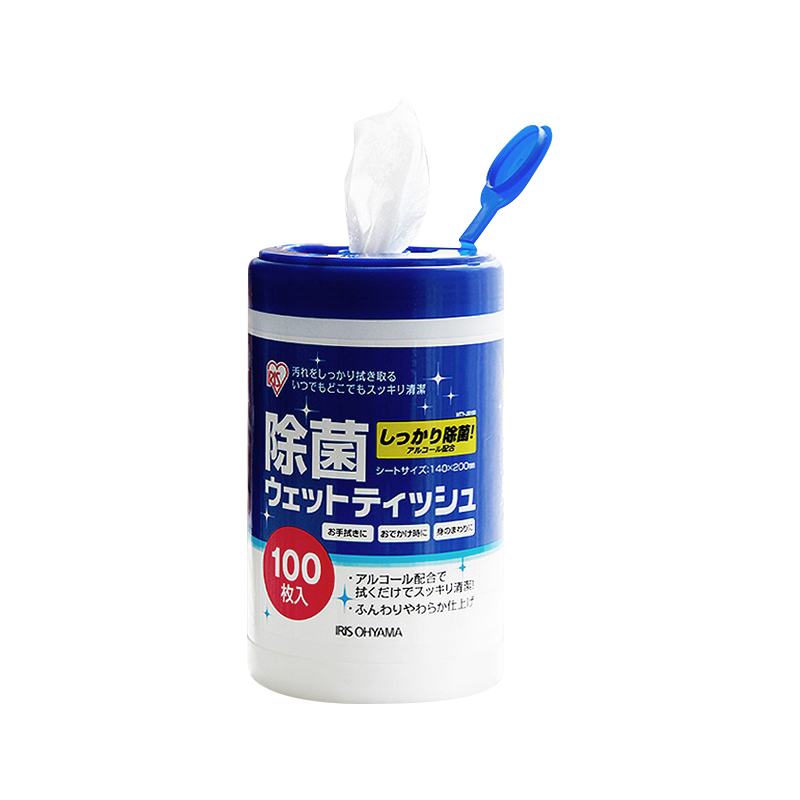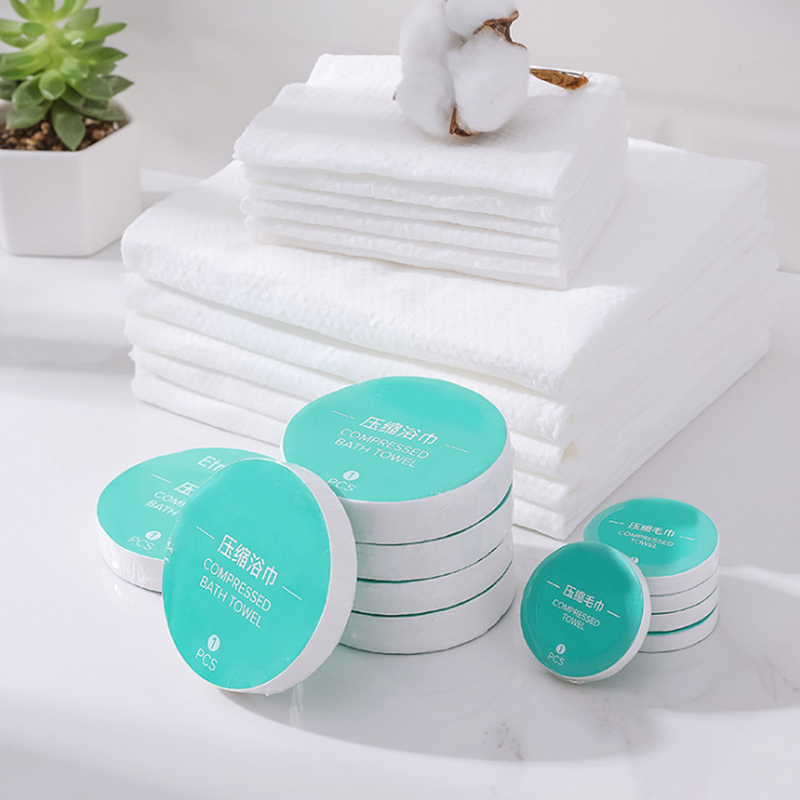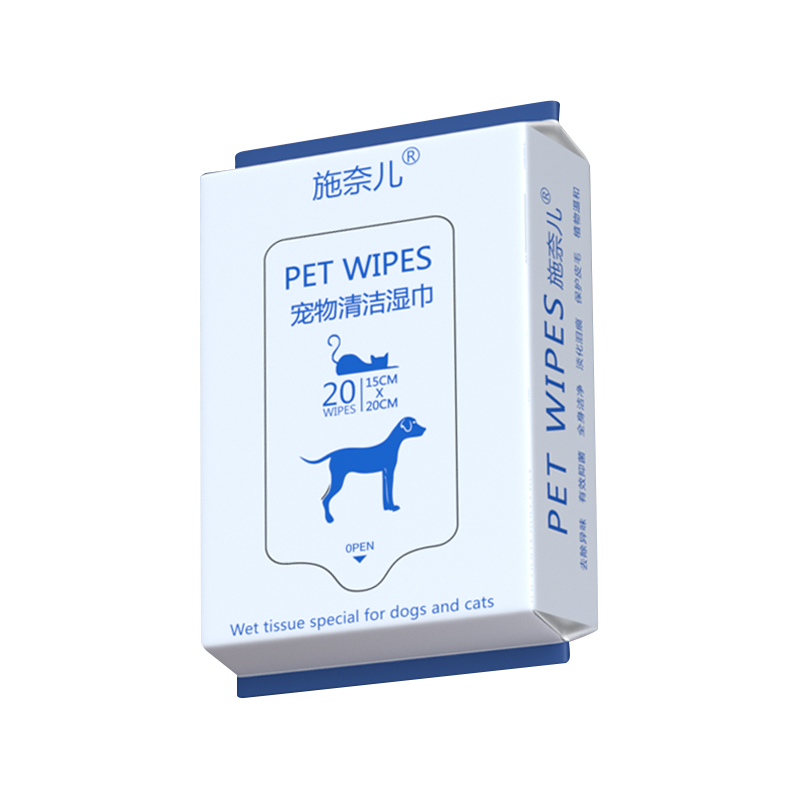Home cleaning wipes have a fascinating history, with their development closely tied to advancements in materials science, chemistry, and consumer demand for convenient cleaning solutions.
Early Origins
The concept of disposable cleaning wipes can be traced back to ancient civilizations. Early civilizations, such as the Egyptians and Romans, used damp cloths or sponges to clean surfaces and refresh themselves. However, these early cleaning materials were far from the convenient and effective home cleaning wipes we know today.
Emergence in Healthcare
The modern home cleaning wipe as we know it owes its origins to the healthcare industry. In the mid-20th century, disposable, pre-moistened wipes were developed for use in hospitals and medical facilities. These wipes were primarily used for sanitizing and disinfecting medical equipment, patient rooms, and surgical areas. Their effectiveness in reducing the risk of infections made them indispensable in healthcare settings.
Transition to Household Use
As the benefits of disposable wipes became apparent in healthcare, it didn't take long for manufacturers to recognize their potential for household cleaning. In the 1960s and 1970s, the first consumer-oriented cleaning wipes were introduced to the market. Initially, these early household wipes were primarily targeted at parents for cleaning baby bottoms during diaper changes.
Mainstream Adoption
The 1980s marked a significant turning point for home cleaning wipes.
Home cleaning wipes manufacturers began to develop and market wipes explicitly designed for various household cleaning tasks, from kitchen spills to bathroom surfaces. These early wipes were often alcohol-based and primarily focused on disinfection.
Technological Advancements
The 1990s saw continued advancements in wipe technology. The introduction of non-woven fabrics made from materials like polyester and polypropylene revolutionized the wipe industry. These materials offered exceptional absorbency and durability, making them ideal for cleaning wipes. In addition, the formulation of cleaning agents and disinfectants improved, ensuring that wipes could effectively remove dirt and kill germs.
Diverse Formulations
With consumer demand on the rise, manufacturers began offering wipes with different formulations to address specific cleaning needs. This led to the creation of wipes tailored for different surfaces, such as glass, stainless steel, and wood. Brands also developed specialized wipes for electronics, ensuring that consumers could safely clean and disinfect their devices.
Sustainability Concerns
While home cleaning wipes gained popularity for their convenience and effectiveness, concerns about their environmental impact began to emerge. Many early wipes were non-biodegradable and contributed to landfill waste. This led to a growing interest in developing eco-friendly alternatives and more sustainable packaging.
The 21st Century: Eco-Friendly and Biodegradable Wipes
In response to environmental concerns, several manufacturers started producing eco-friendly home cleaning wipes. These wipes are often made from biodegradable materials like bamboo, wood pulp, or cotton. They are designed to break down naturally, reducing their impact on the environment. Additionally, some brands have introduced recyclable or compostable packaging to further reduce waste.
Advancements in Disinfection
The COVID-19 pandemic accelerated the demand for disinfectant wipes, driving innovation in this area. Manufacturers developed wipes with broader antimicrobial efficacy, specifically targeting viruses like SARS-CoV-2. These wipes played a crucial role in helping individuals and businesses maintain hygiene during the pandemic.
Customization and DIY Solutions
As consumers became more conscious of the ingredients in cleaning products, some started making their own cleaning wipes. DIY cleaning wipes allow individuals to control the ingredients, avoiding chemicals of concern and tailoring wipes to their preferences. Recipes often include natural ingredients like vinegar, essential oils, and water.
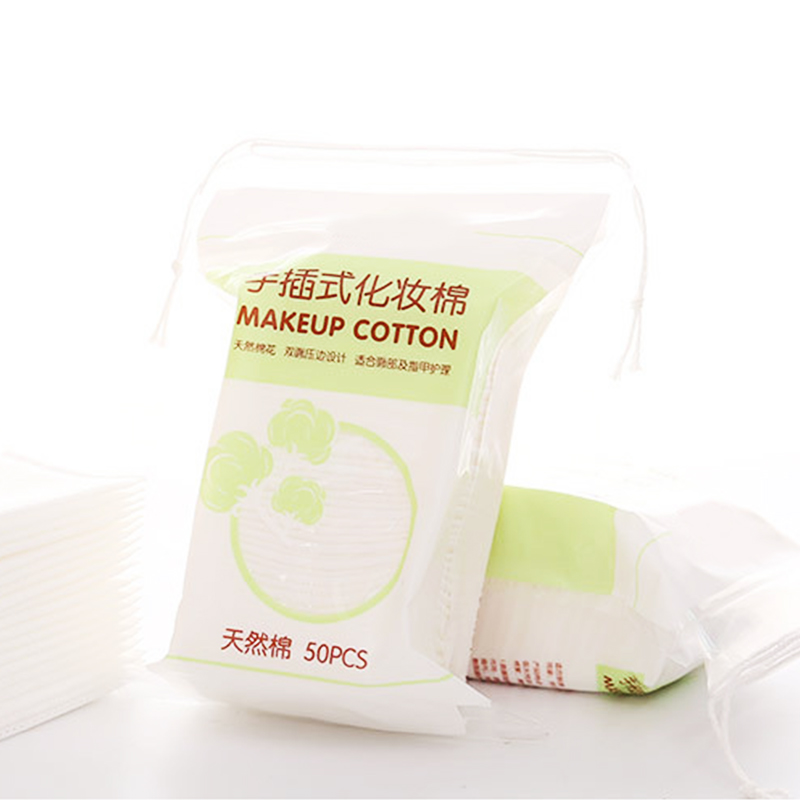

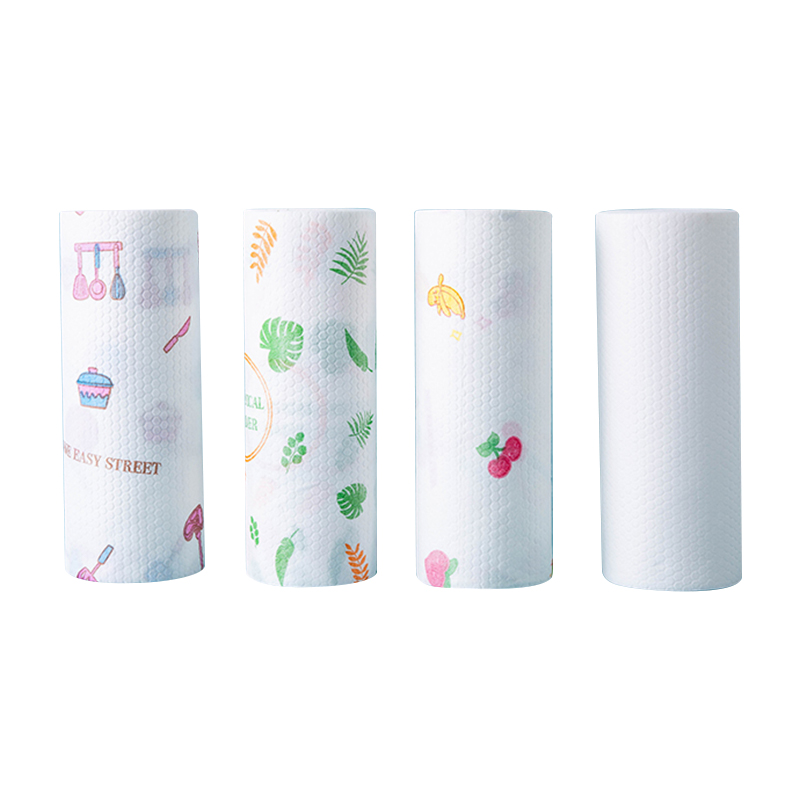
-1.jpg)
